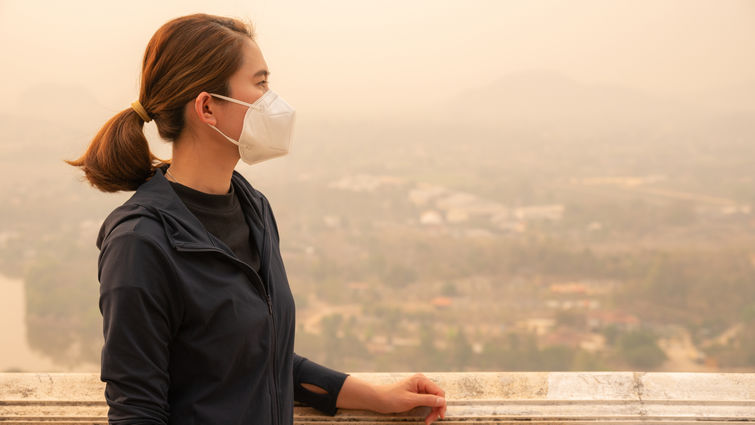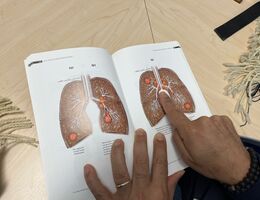
Air quality significantly impacts the health of cancer patients undergoing treatment, particularly in regions like the Inland Empire, known for its air pollution challenges. Exposure to fine particulate matter (PM2.5) and other pollutants can exacerbate health issues for these individuals.
"In regions like the Inland Empire, where air pollution levels frequently exceed health standards, cancer patients are at heightened risk. Exposure to pollutants such as PM2.5 can compromise their treatment outcomes and overall health,” says Hamid Mirshahidi, MD, division chief of Hematology-Oncology at Loma Linda University Health.
Impact of Air Pollution on Cancer Patients
Research indicates that cancer patients exposed to elevated levels of PM2.5 face increased risks of cardiopulmonary mortality. This risk is notably higher among those who have undergone chemotherapy or radiation therapy. A study analyzing data from over 5 million U.S. cancer patients found that higher PM2.5 exposure was associated with a 32% increase in cardiovascular mortality and a 25% increase in combined cardiopulmonary mortality. The study concluded that air pollution adversely affects cancer patients and survivors, especially those who received chemotherapy or radiation treatment.
Additionally, prolonged exposure to air pollution has been linked to poorer survival rates in lung cancer patients, particularly those with early-stage non-small cell lung cancer. A study involving 352,053 California lung cancer patients found that ambient PM2.5, PM10, and NO2 were associated with poorer lung cancer survival, indicating that air pollution may exacerbate disease progression.
Air Quality in the Inland Empire
The Inland Empire's unique geography traps pollutants from nearby urban and industrial areas, leading to frequent poor air quality days. This phenomenon creates a "pollution bowl," making it one of the most challenging regions for maintaining good air quality. Despite being less populated than Los Angeles, the region's air quality is often worse due to these factors.
Protective Measures for Cancer Patients
Given these challenges, cancer patients and their families can take proactive steps to mitigate the adverse effects of poor air quality. Mirshahidi recommends to:
- Monitor Air Quality: Regularly check local air quality indices through reliable sources and limit outdoor activities when pollution levels are high.
- Stay Indoors During High Pollution Days: On days with poor air quality, remain indoors as much as possible.
- Use Air Purifiers: Utilize air purifiers indoors to reduce exposure to indoor pollutants.
- Consult Healthcare Providers: Discuss with your medical team about any potential risks related to air pollution and seek personalized advice.
Air purifiers can be pricey. Learn how to build your own on a budget.
Read: Experts support this DIY project to protect your post-COVID-19 lungs during wildfire season
By staying informed and implementing these measures, cancer patients in the Inland Empire can better protect their health during treatment. Learn more about the Cancer Center and the services provided in the Inland Empire.


